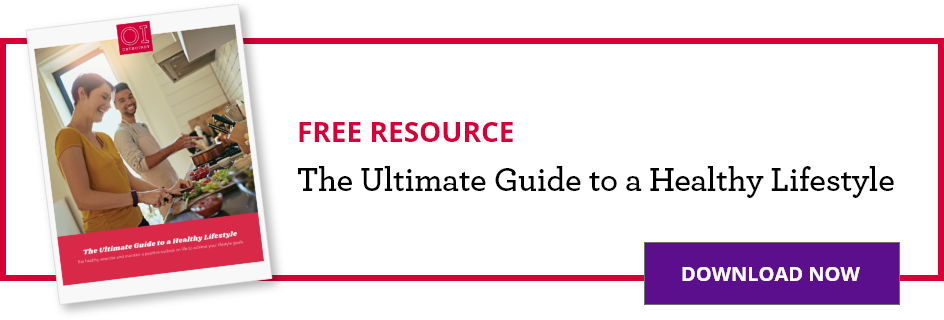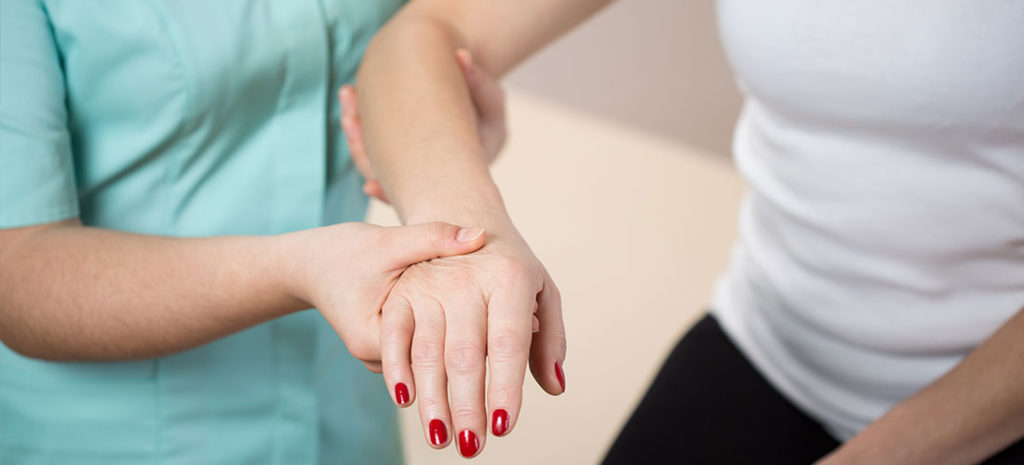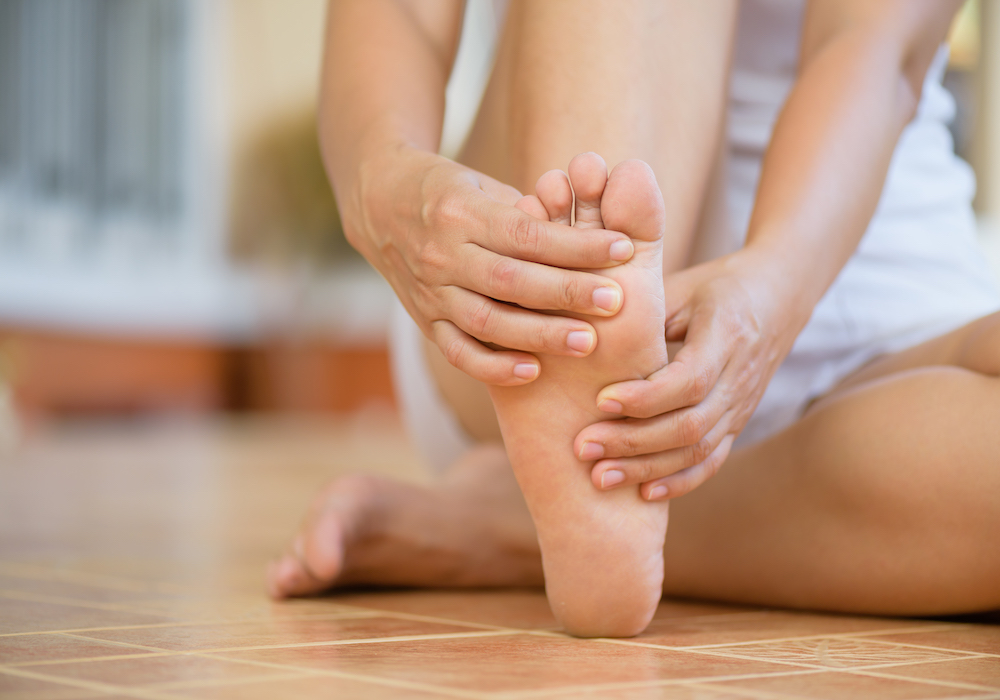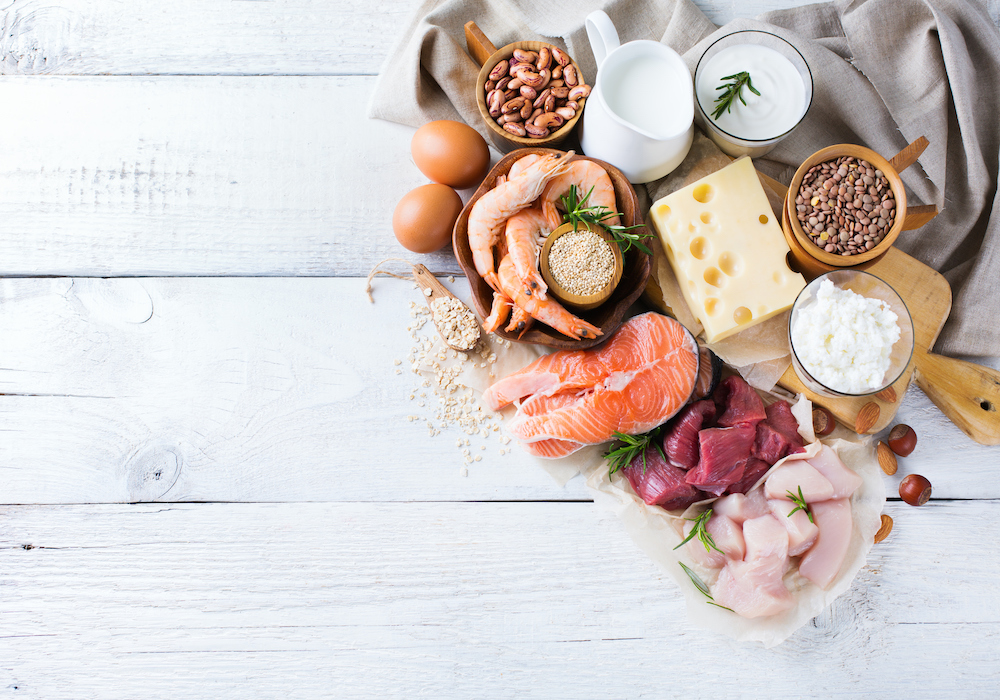This post is part of the Ultimate Guide to a Healthy Lifestyle
Bones are amazingly strong and solid; yet light enough for us to easily move around each day. Bones are composed of minerals, tissues, living cells and proteins. They produce red and white blood cells, actively store minerals for later use and fuse together as the demands of life change from infancy to adulthood. It would be impossible for our bodies to function properly without bones.
It is an unfortunate but indisputable fact that life puts a greater burden on women’s bones than it does on men’s. About 50 percent of women over the age of 50 will suffer a broken bone. Additionally, 80 percent of people who suffer from osteoporosis in the United States are women.
Furthermore, one in three women over the age of 50 will experience an osteoporosis-related fracture; three out of four hip fracture patients are women, and about one in five hip fracture patients will die within 12 months of the fracture.
“Osteoporosis is a very silent disease, until it is complicated by fractures,” Kacy Rogers, a bone health specialist at OrthoIndy, explains. “Unfortunately, most women do not know they have it until they have a fracture. It is not something that presents with symptoms. We do not wake up in the morning and look in the mirror and say to ourselves ‘my osteoporosis is really bad today.’ Because of this, it has often gone untreated or under treated. Untreated osteoporosis can create a vicious cycle of recurrent fractures which can result in significant disability and even premature death.
Practice important bone health
It’s important for women to practice bone health from an early age. Smoking and heartburn medication decreases bone density and increases your risk of fractures.
Forearm fractures are an early indicator of poor bone density in adults. If you have had a forearm fracture as an adult you should ask your primary care physician to calculate your risk of another fracture.

Follow a healthy diet and get screened
Adequate dietary protein, calcium and vitamin D are also important for reducing fractures and increasing bone density. Adults over 50 need 1200 mg of calcium and 800 to 1000 IU of Vitamin D daily. It is also important to exercise at all stages of your life; especially during childhood and adolescence as exercise increases bone mass.
Another important way to keep your bones healthy is to get them screened for osteoporosis. “It is important for women and men with several risk factors to be screened as early as age 50,” Rogers says. “Routine screening should start at age 65 for women and 70 for men. Screening is a simple bone density examination which is a quick, painless, low-dose x-ray test.”
Start making changes today that will keep your bones healthy and your life active.
Learn more about Kacy Rogers specialty in bone health and osteoporosis screenings at OrthoIndy.
Schedule an appointment
Your well-being is important to us. Click the button below or call us to schedule an appointment with one of our orthopedic specialists. If your injury or condition is recent, you can walk right into one of our OrthoIndy Urgent Care locations for immediate care. For rehabilitation and physical therapy, no referral is needed to see one of our physical therapists.





